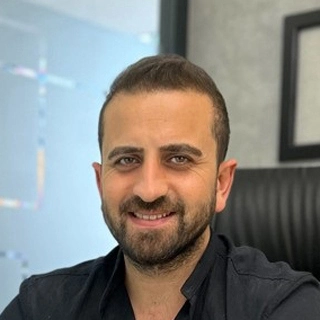Benefits
Enjoy a comfortable and engaging experience with amenities designed for relaxation, entertainment, and convenience.
Porcelain-Fused-to-Metal (PFM) crowns have been a reliable cornerstone of restorative dentistry for decades, offering excellent strength and durability. Choosing PFM crowns Turkey provides access to this proven technology at a significantly reduced cost compared to the UK, USA, or Europe, making it a highly cost-effective solution for restoring damaged teeth, especially molars.
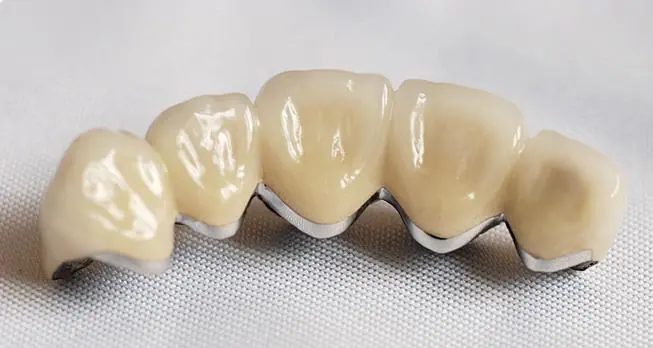
Explore our gallery showcasing PFM before and after pictures of real patients and see the transformative results.
The dental crowns metal cost turkey for PFM restorations offers exceptional value. This traditional yet effective option provides long-lasting results at the most affordable price point for full crowns.
Below is a general price comparison for a single PFM crown. Note that gold dental crowns, while falling under this category due to their metal base, have a much higher cost due to the material price.
| Crown Type | Dentalays / Turkey (Estimate €) | UK / Europe / USA (Estimate €) |
|---|---|---|
| PFM Crown (Standard Alloy) | €150 - €400 | €800 - €2,100+ |
| Full Gold Crown (Estimate) | €600 - €1,000+ | €2,500 - €4,000+ |
Please note: These are estimated starting prices. The final cost depends on the specific alloys used and case complexity. For a precise, all-inclusive quote, please request a free, personalized consultation.
PFM crowns combine the strength of a metal substructure with the aesthetics of a porcelain exterior. They consist of:
This combination leverages the proven strength and fit of cast metal with the aesthetic appeal of porcelain. Gold dental crowns can refer to PFM crowns using a high-gold alloy core (offering excellent biocompatibility) or Full Gold Crowns (see below).
The pfm crown procedure Turkey follows the standard crown preparation process, with specific attention to the material requirements:
After examination and X-rays, the tooth is numbed. The dentist prepares the tooth by removing enamel, ensuring enough space is created for both the metal coping and the porcelain layer (PFM often requires slightly more reduction than full ceramic). An accurate impression (digital or traditional) is taken. A temporary crown is placed.
The impression is sent to the lab. Technicians first create the precision-fit metal alloy core. Then, layers of opaque and body porcelain are carefully applied and fired in a high-heat furnace to fuse them to the metal, replicating the desired tooth shade and shape.
The temporary is removed. The final PFM crown is tried in, checking fit, bite, and contacts. The aesthetics are evaluated. Once approved, the crown is permanently cemented using strong dental cement.
| Benefits | Drawbacks |
|---|---|
| Excellent Strength & Durability: Proven long-term success, suitable for molars. | Aesthetics: Less translucent than full ceramics; metal margin may show as a dark line at the gum over time. |
| Good Aesthetics: Provides a tooth-coloured restoration. | Potential Porcelain Chipping: The porcelain layer can sometimes chip away from the metal. |
| Cost-Effective: Generally the most affordable type of permanent crown. | Tooth Reduction: May require slightly more tooth removal than some ceramic options. |
| Proven Track Record: Decades of clinical use and reliability. | Metal Allergies: Very rare, but possible sensitivity to non-precious metal alloys in some patients. |
Full Gold Crowns (FGCs), often made from high-noble gold alloys, represent a different type of dental crowns metal.
Pros: Extremely durable, long-lasting, highly biocompatible, gentle on opposing teeth (wears similarly to enamel).
Cons: Poor aesthetics (visible gold colour), high cost due to the price of gold.
Use: Rarely used today except occasionally for unseen back molars where durability is the absolute priority over appearance.
PFM crowns remain an excellent choice in several situations:
They are generally less recommended for highly visible front teeth where the potential for a visible metal margin or lower translucency might be an aesthetic concern.
At Dentalays, we ensure even our most cost-effective options meet high standards:
The average dental crowns metal cost turkey for a PFM crown ranges from €130 to €200 per tooth at Dentalays, providing significant savings.
While the porcelain covers the metal, a thin metal line might become visible at the gum line over time, especially if gums recede. This is less noticeable on back teeth.
Yes, the underlying metal core makes them very strong and durable, suitable for heavy chewing forces on back teeth.
With good oral hygiene, PFM crowns can typically last 10-15 years or more.
"Better" depends on the need. Zirconia offers superior aesthetics (no metal, better translucency) and is metal-free. PFM offers proven strength often at a lower cost. For back teeth, PFM is excellent; for front teeth, Zirconia or E-Max are usually preferred aesthetically (dental crowns metal vs porcelain).
Allergies to standard dental alloys are very rare, but possible, especially with non-precious metals (like nickel). If you have known metal allergies, inform your dentist; a high-noble (gold) alloy PFM or a metal-free option like Zirconia would be recommended.
Yes, while the metal underneath is strong, the porcelain layer can sometimes chip under impact or heavy biting forces. This can often be smoothed or repaired.
While possible, they are generally not the first choice for front teeth due to aesthetic limitations (opacity, potential metal margin) compared to all-ceramic options like E-Max or Zirconia.
A PFM crown has a metal core (which could be gold alloy) covered in porcelain. A full gold crown is made entirely of gold alloy with no porcelain covering.
They offer a reliable, strong, and long-lasting restoration at the most affordable price point for crowns, making them an excellent value choice, especially for restoring back teeth.
In dentistry, high-resolution photographs are taken to evaluate the patient’s existing tooth structure and facial aesthetics. These photos are used to document and analyze the condition, color, and shape of the teeth and their harmony with the patient’s face.
Why is it important? Professional photographs help dentists and lab technicians plan the restoration process and achieve ideal aesthetic results.

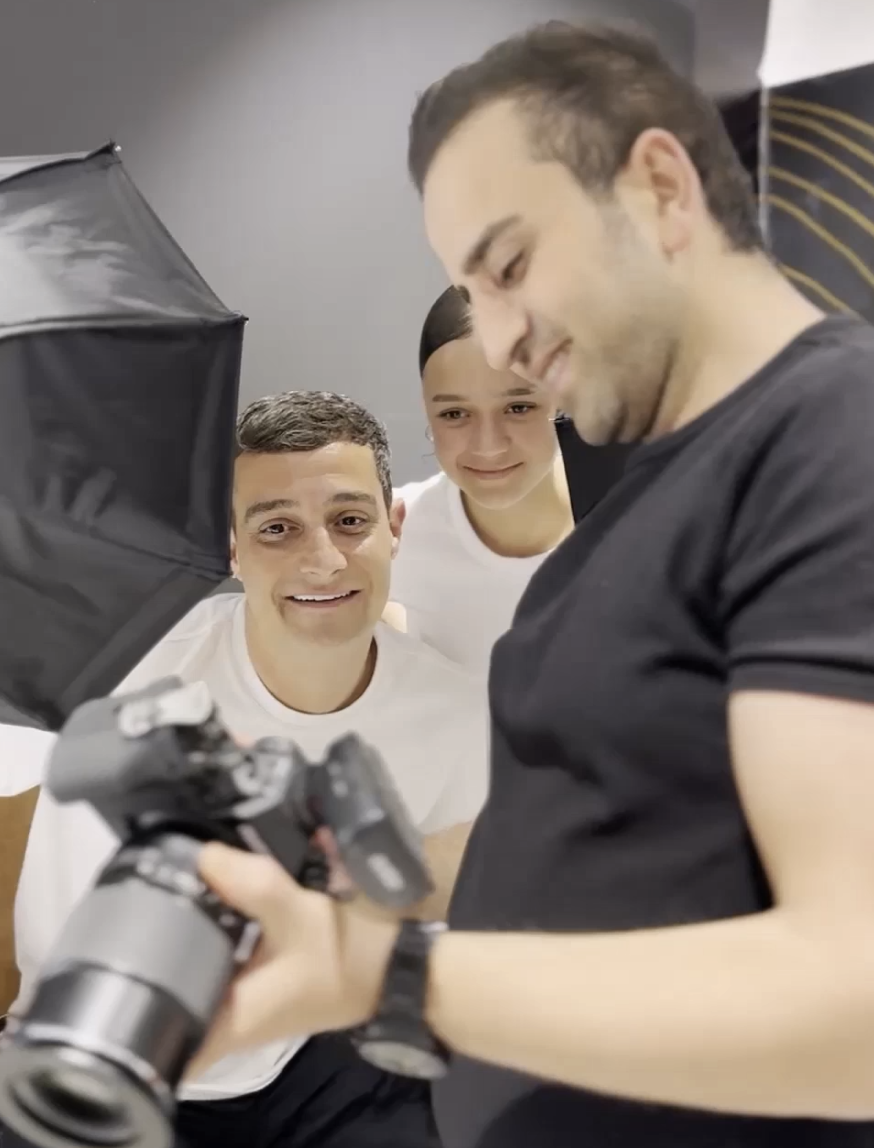
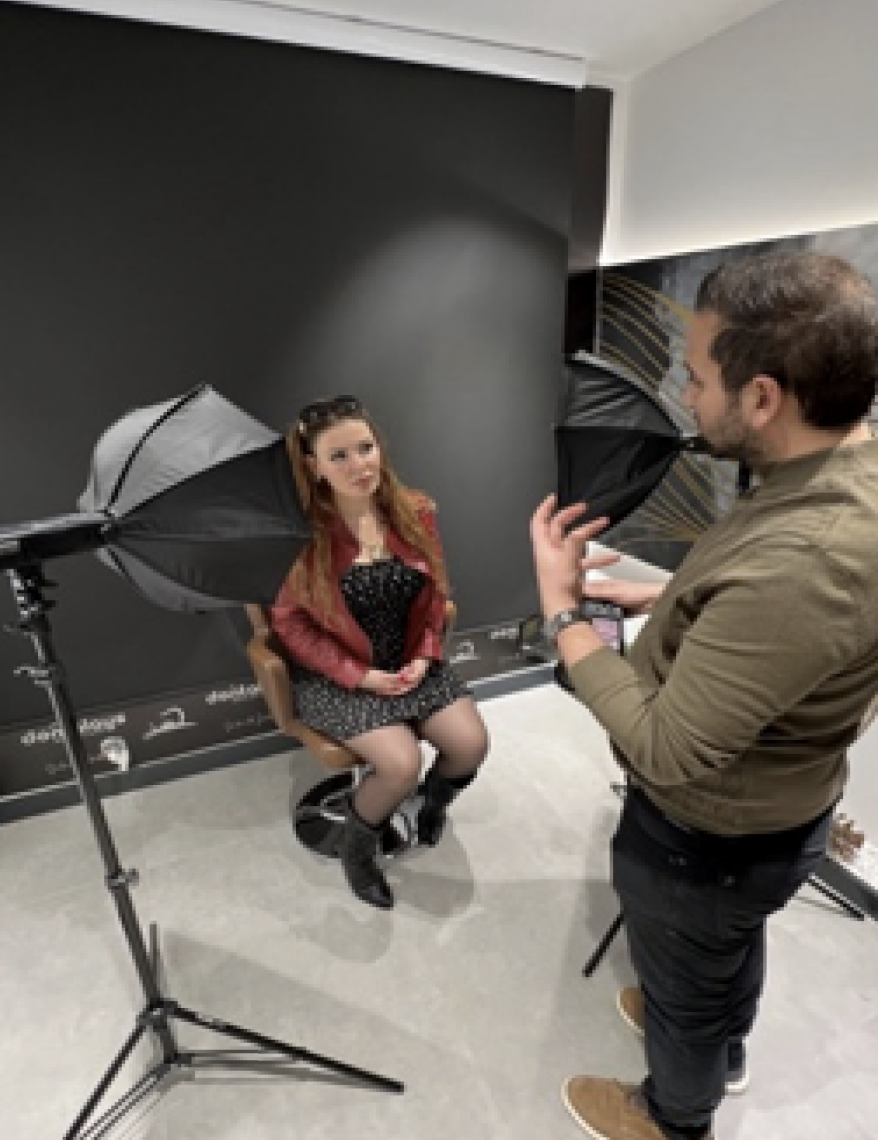
5D scanning technology allows for highly precise digital scanning of teeth and oral structures. This technology goes beyond traditional 3D scans by capturing additional information such as color, texture, and movement.
Why is it important? 5D scanning enables the creation of detailed digital models of teeth, allowing for more accurate and personalized restorations. This accelerates the treatment process and provides a more comfortable experience for the patient.
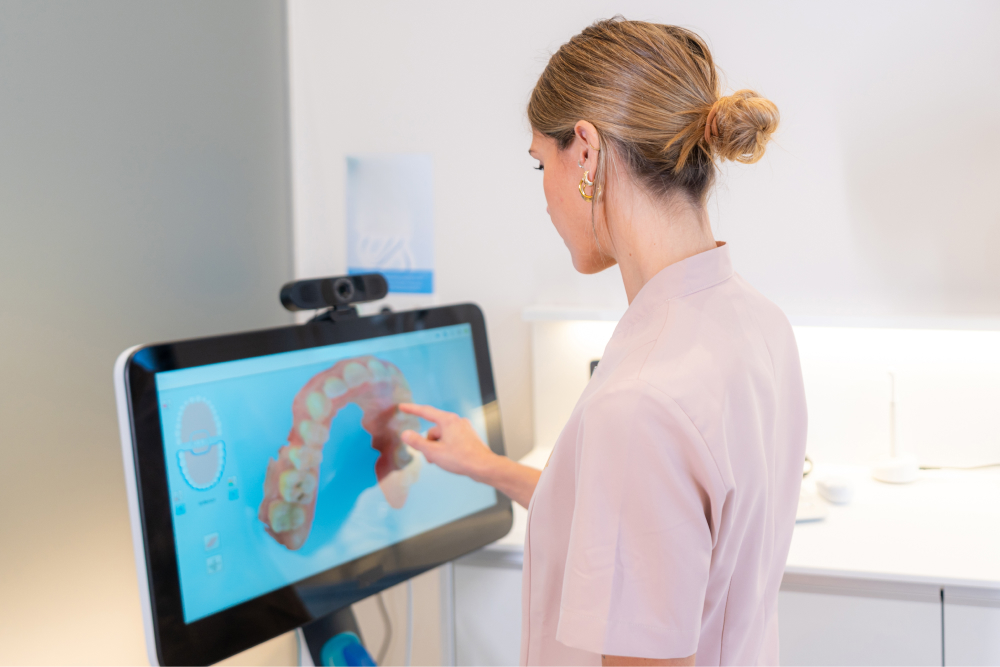
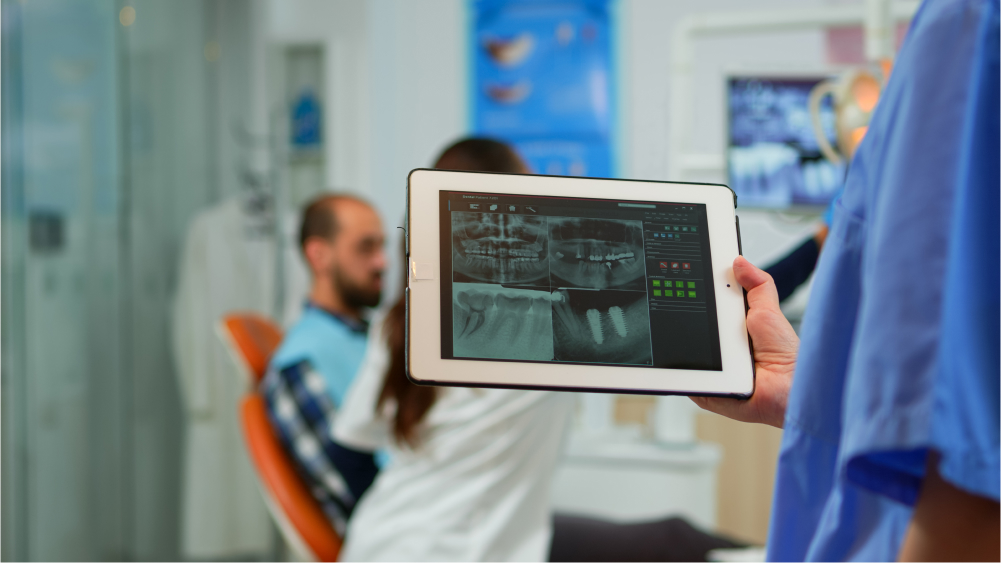
Special dental burs are used for shaping teeth with minimal preparation and for the precise placement of restorations. These burs are high-precision and sharp instruments.
Why is it important? The use of special dental burs for accurate and minimally invasive preparation maximizes the preservation of tooth structure and improves aesthetic outcomes.

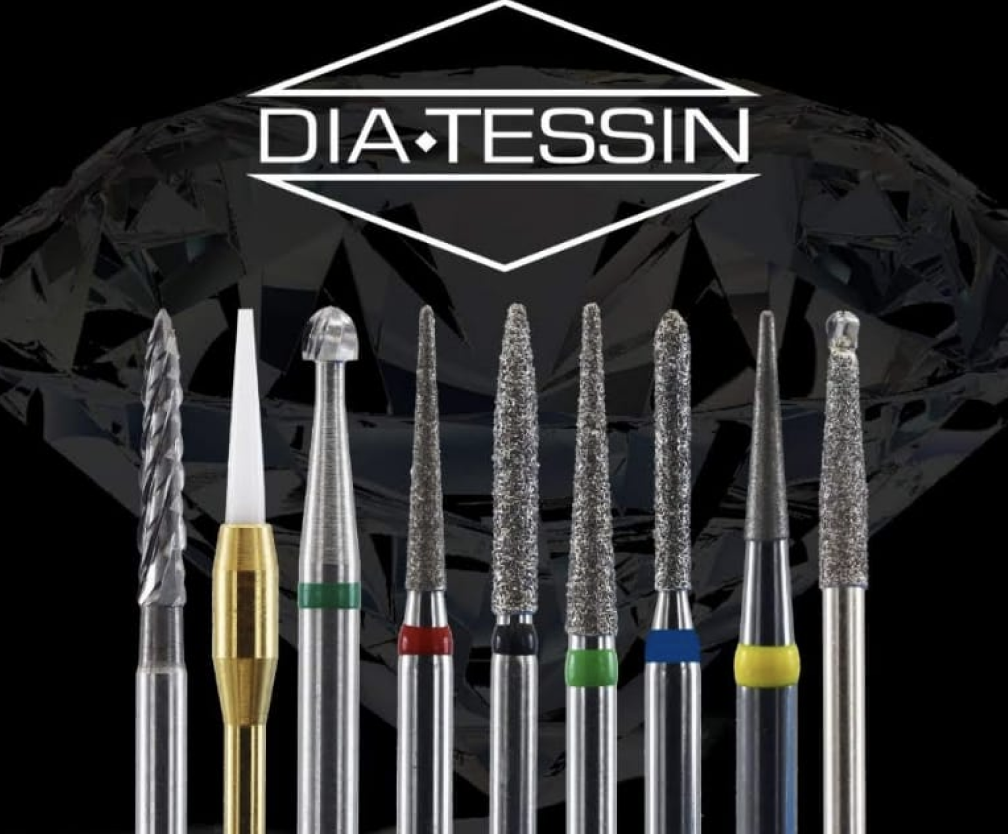
Dental laboratories equipped with advanced technology play a key role in the production of restorations. These labs use CAD/CAM systems, high-precision manufacturing devices, and biocompatible materials.
Why is it important? Laboratories with quality and technological infrastructure ensure that restorations are produced with perfect fit and aesthetics. This helps patients achieve long-lasting and natural-looking results. Minimal prep technology, with the integration of these components, provides highly aesthetic and functional restorations while preserving the natural structure of the teeth. These methods increase patient satisfaction and make treatment processes more efficient.




Enjoy a comfortable and engaging experience with amenities designed for relaxation, entertainment, and convenience.
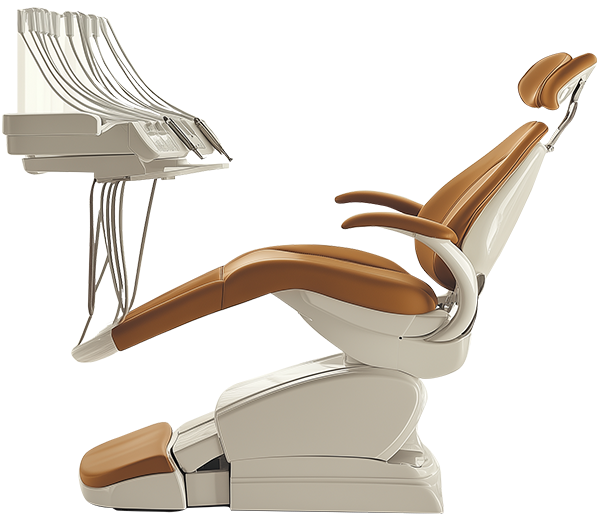




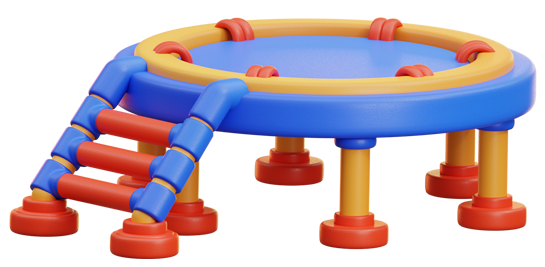

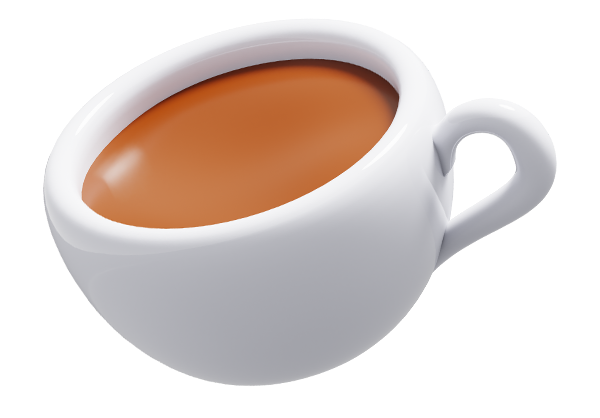
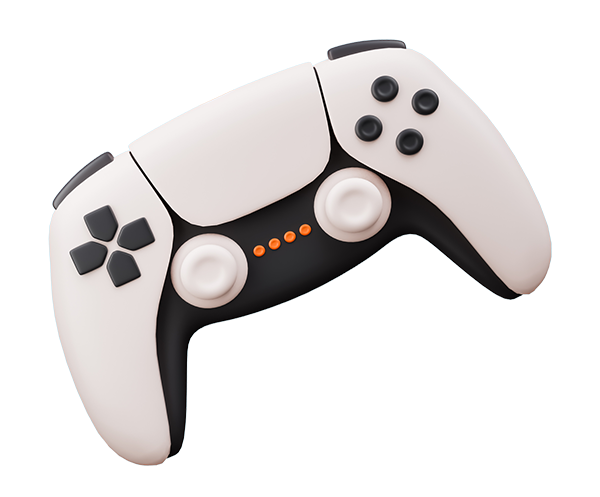
Real experiences from our international patients who chose Dentalays for their treatment.
"Classic durability." "I needed a crown on a back molar and didn't care about the colour, just strength. The PFM crown is solid and was very affordable."
– Simon H. | London, UK | ✅ Verified Patient: PFM Crowns
"Great budget option." "I mixed Zirconia for the front and Metal-Porcelain for the back molars to save money. The clinic was very flexible with this plan."
– Emil T. | Copenhagen, Denmark | ✅ Verified Patient: Porcelain Fused to Metal
Real experiences, real smile
